Lopez de Heredia Wines
A prestigious reference in La Rioja, Bodega Lopez de Heredia is one of the largest wine producers in Spain. In a region where the viticultural economy is constantly changing, Bodega Lopez de Heredia...Read More






The Lopez de Heredia Bodega: Perfection through Modernity and Tradition
The cobwebs that drape the bottles of their ageing bottles in their labyrinth of underground cellars give you the impression that the Lopez de Heredia winery is from a bygone time. However, this 141-year-old family estate strives towards modernity through envisioning the perfect expression of Rioja’s traditional grape varieties and terroir to give wines of unique personality and of the highest quality.
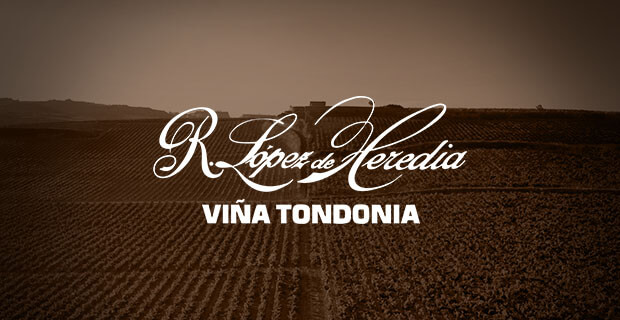
Lopez de Heredia: Modernity through tradition and conviction
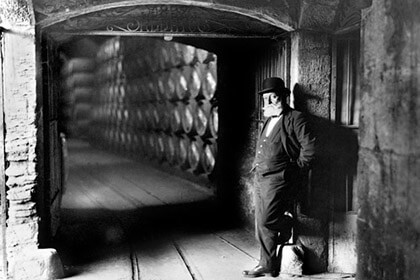
The story of the Lopez de Heredia winery goes back to the nineteenth century when Don Rafael López de Heredia y Landeta, a passionate student of wine making, arrived in Rioja looking for the perfect grapes to turn into wine. He discovered that Rioja offered the perfect soil and climate for making wine, and quickly got to work on building his own winery around Haro in 1877, the area he fell most in love with in the region. His bodega was not only the oldest in Haro, but one of the first three wineries in the Rioja region. Don Rafael was indeed a visionary from the very beginning! Since then, the estate had been passed down through four generations and is now in the masterful blending hands of Mercedes López de Heredia. The family-run bodega is a loyal follower of the old ways and have been making their wines in the same style as Don Rafael did over 140 years ago. Through tradition and conviction, the family has passed down their vineyards and winemaking processes from generation to generation. Yet at the same time, the winery is paradoxically one of the most forward thinking, and they do this through being dynamic, flexible and open to change so that they can continue perfecting their winemaking processes and styles of wines. This progressive thinking is at the core of the bodega’s philosophy of “professionalism” and “ethics”. They desire to convey “professionalism” in the sense that they offer wine with personality and of high quality. The winery also aspires to channel their “ethics” through ensuring the well-being of those who work for them, sharing happiness among their friends and customers and giving the best of their hopes and dreams to society.
Lopez de Heredia: The personality of terroir
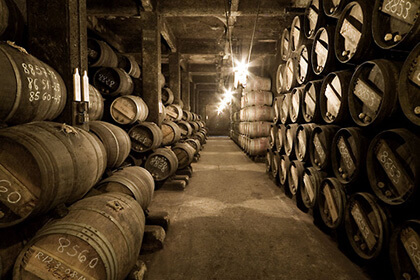
All of the personality that goes into the wines of Lopez de Heredia first starts with the power of their vineyards. From these clay-limestone soils grow the vines that produce their elegant wines. Tempranillo, Garnacha, Graciano and Mazuelo are the traditional Rioja varieties used for the red wines while Viura and Malvasía are the ones for the whites. All of these vines cover 170 hectares and are spread out over four separate vineyards with vines averaging about 40 years of age. The most famous of them is the Tondonia that rests in a shell-like depression on the right bank of the Ebro River. Rafael López de Heredia y Landeta first nurtured this vineyard between 1913 and 1914 and it has flourished across the decades to produce the estate’s most renowned wine, the Viña Tondonia. The Viña Bosconia wines come from the El Bosque 15-hectare vineyard that is overlooks the Elbro River at 465 metres. The Viña Cubillas is a 24-hectare vineyard that produces the Viña Cubillo wines and the 24-hectare Viña Zaconia vineyard gives the Viña Gravonia white wines. These wines from all of these vineyards are perfectly balanced with ripe fruit and complex flavours since the terroir receives the upmost respect to express the extraordinariness of each of the varieties.
The harvest is one that is of hard work, but it is done with much care by the same group of harvesters from Portugal and Spain who return year after year to hand-harvest the grapes so that the finest of wines can be produced each year. As the grape bunches make their way through the hustle and bustle of the vineyard, there is absolutely no delay into getting the berries into the fermentation vats. The red grapes get themselves destemmed while the whites head to the press to get the must pressed out of them before heading into the vats. Once the reds have been fermented in large oak vats, with the biggest at 240 hectolitres, and the whites in smaller 60-litre ones, it’s time to send the wine for barrel and bottle ageing.
Time reveals everything at Lopez de Heredia: Barrel and bottle ageing
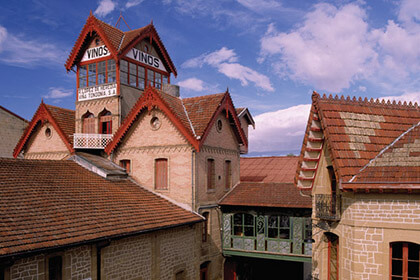
In the tranquil underground cellars at the Lopez de Heredia estate, we can discover the 14,000 American oak barrels stacked into perfectly align rows meandering through the expansive 6,000 square metre labyrinth. It took over a hundred years to build this entire complex with cellars added as the decades passed to accommodate the expanding vineyards and their wines. It’s like stepping back in time in these cellars with even the names of each one evoking local Rioja legends. After fermentation, the wines then spend time in 225-litre Bordeaux size barrels to help develop their aromatic bouquets and give them smoothness. Lopez de Heredia sees this as the time wines are “educated” – a time that should never be rushed so that the wines true character can evolve into its most perfect expression. The bodega’s whites can even get this “education” in barrel as long as the reds, especially the sumptuous Viña Tondonia whites. This time ageing doesn’t end in the barrel, but it can then continue in the bottle for just as long or even longer to continue developing aromas and softening tannins.
Unique to Spain, there are four different types of barrel and bottle ageing requirements – Crianza, Reserva, Gran Reserva and Joven. The expression “Crianza” means that the wines must spend at least one year in barrel and another year in bottle if the red wines are from Rioja, Ribera del Duero and Navarra. In other regions, however, the wines only have to spend six months in barrel and then 18 months in bottle. “Reserva” is easier to understand with all red wines requiring 12 months in barrel with a total ageing period of 36 months. For “Gran Reserva” reds, the wines from Rioja, Ribera del Duero and Navarra need to rest for two years in barrel, and then another three years in bottles – five years in total! For red wines from other regions, they only have to rest 18 months out of the five years in barrel. Last, there’s the “Vino Joven” and this is the simplest of them all – no ageing at all or the very bare minimal.
The red and white wines from Lopez de Heredia go through extensive ageing to give wines with a truly unique personality. The Vina Gravonia is a white wine from the Viura grape that had undergone four years of barrel ageing. It reveals a beautiful pale gold colour with fresh, aromatically complex aromas and flavours. The Tondonia Reserva is a red blend of Tempranillo, Garnacha, Graciano and Mazuelo that has had six years of barrel ageing. The nose presents vanilla and dried berry aromas while the palate gives a rich, smooth mouthfeel enveloped in firm tannins. The Tondonia Gran Reserva Blanco is white blend of Viura and Malvasía that has spent an entire decade ageing in barrels! The nose is perfumed and complex and the mouthfeel is smooth with round tannins. For the Vina Cubillo Crianza, it is a Tempranillo, Garnacha, Mazuelo and Graciano red blend with three years of barrel ageing. The nose exudes fresh aromas with hints of liquorice and the palate is smooth with a persistent finish. Finally, the Vina Bosconia Reserva is also a red blend with the four traditional varieties from the vineyard that has evolved to give a deep ruby colour with slight orange tinges. This full-bodied wine is full of ripe fruit that gives a smooth mouth feel with round tannins.
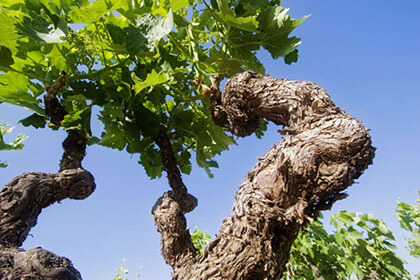
By striving towards modernity through tradition and conviction, the personality of these beautifully aged wines will undoubtedly continue to shine through vintage after vintage.